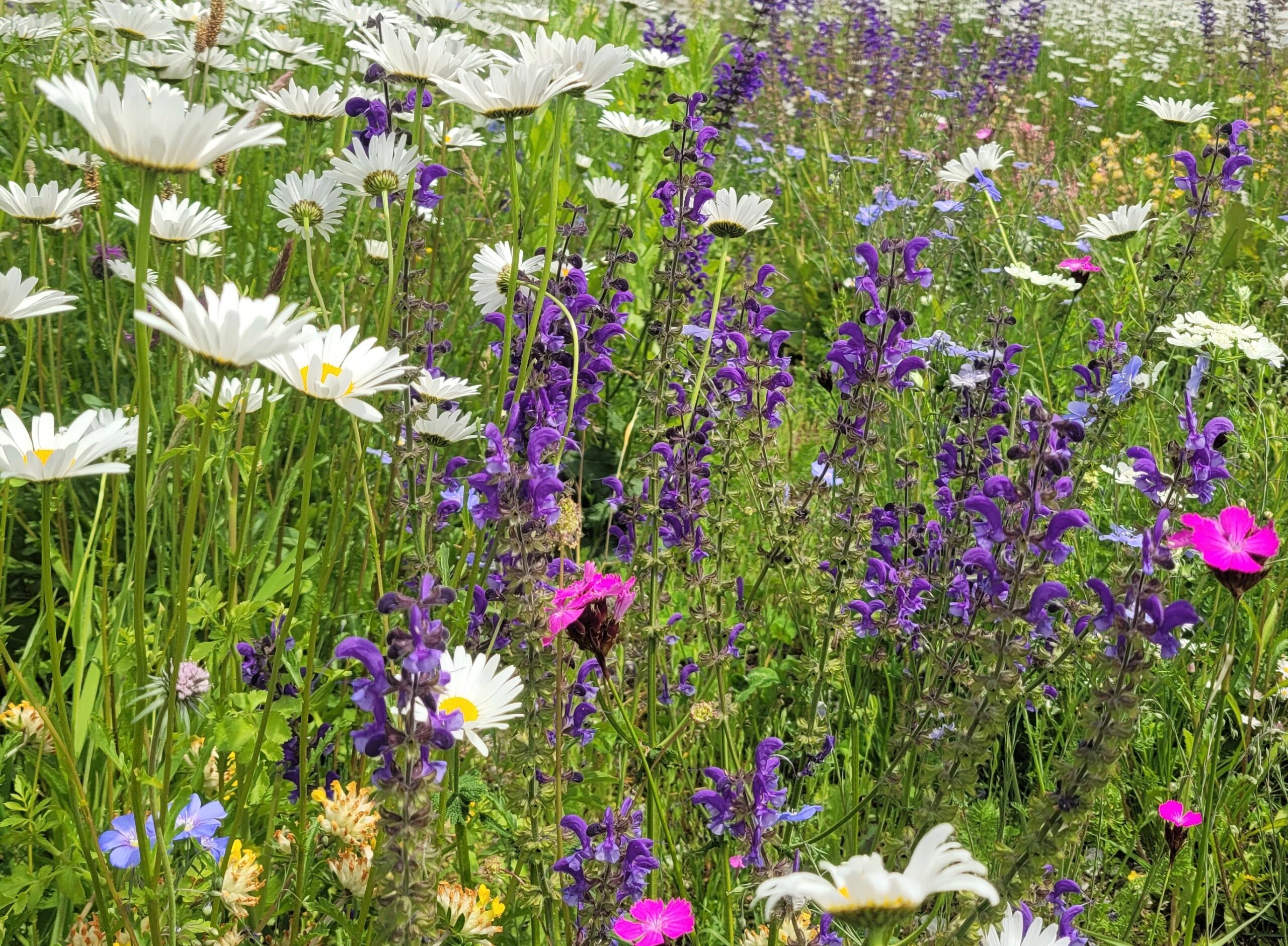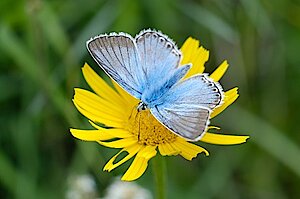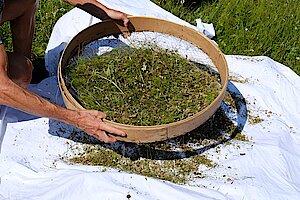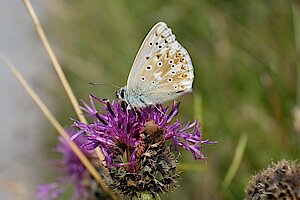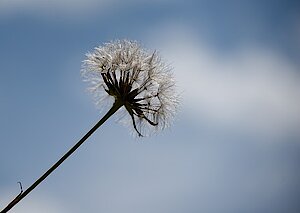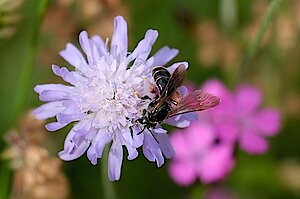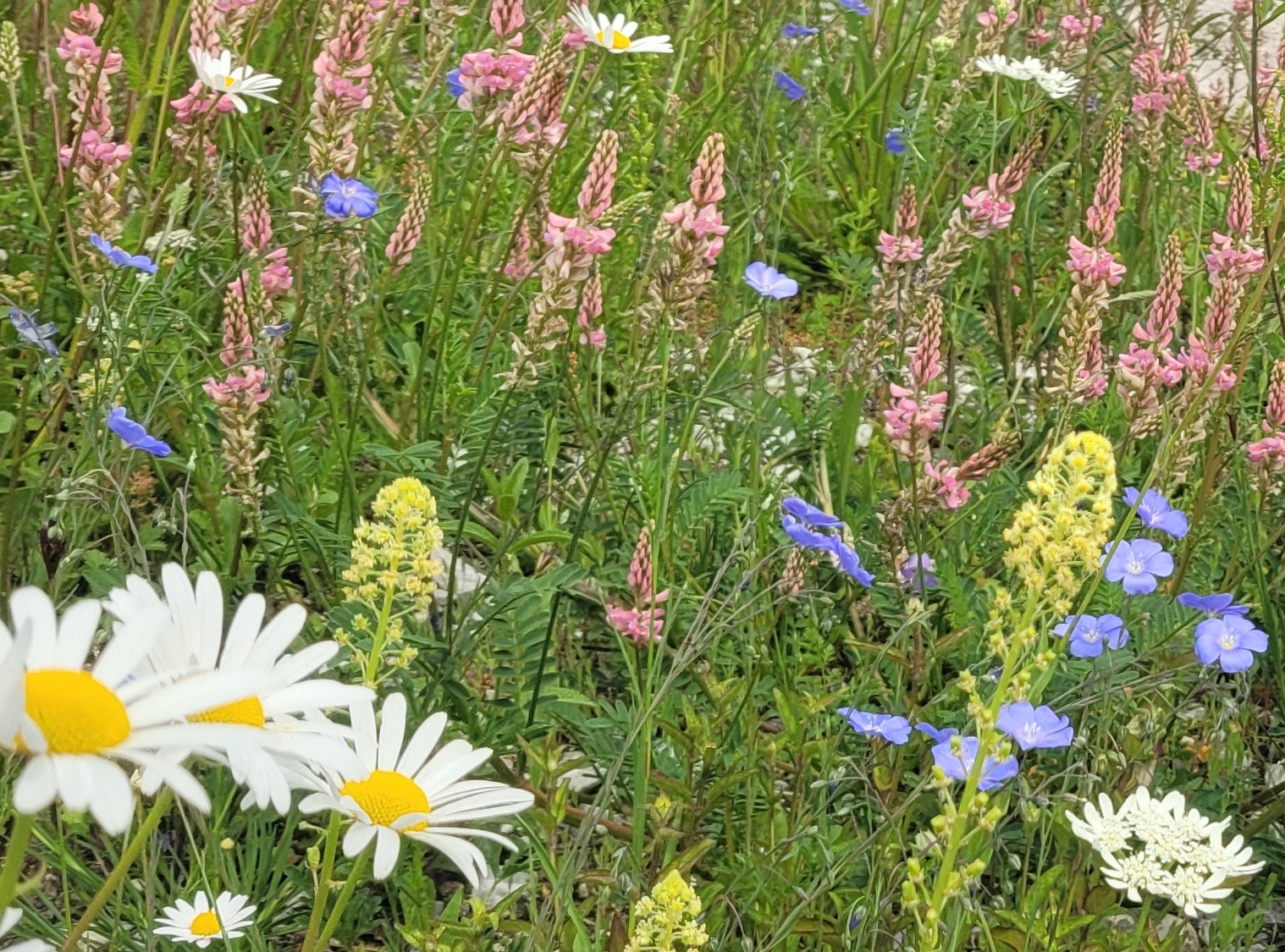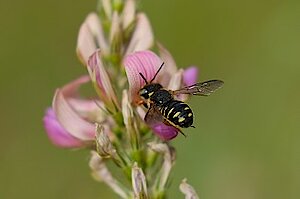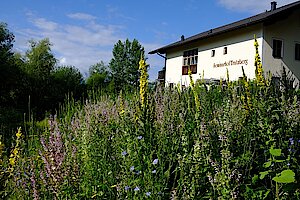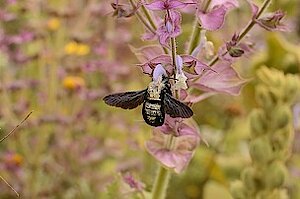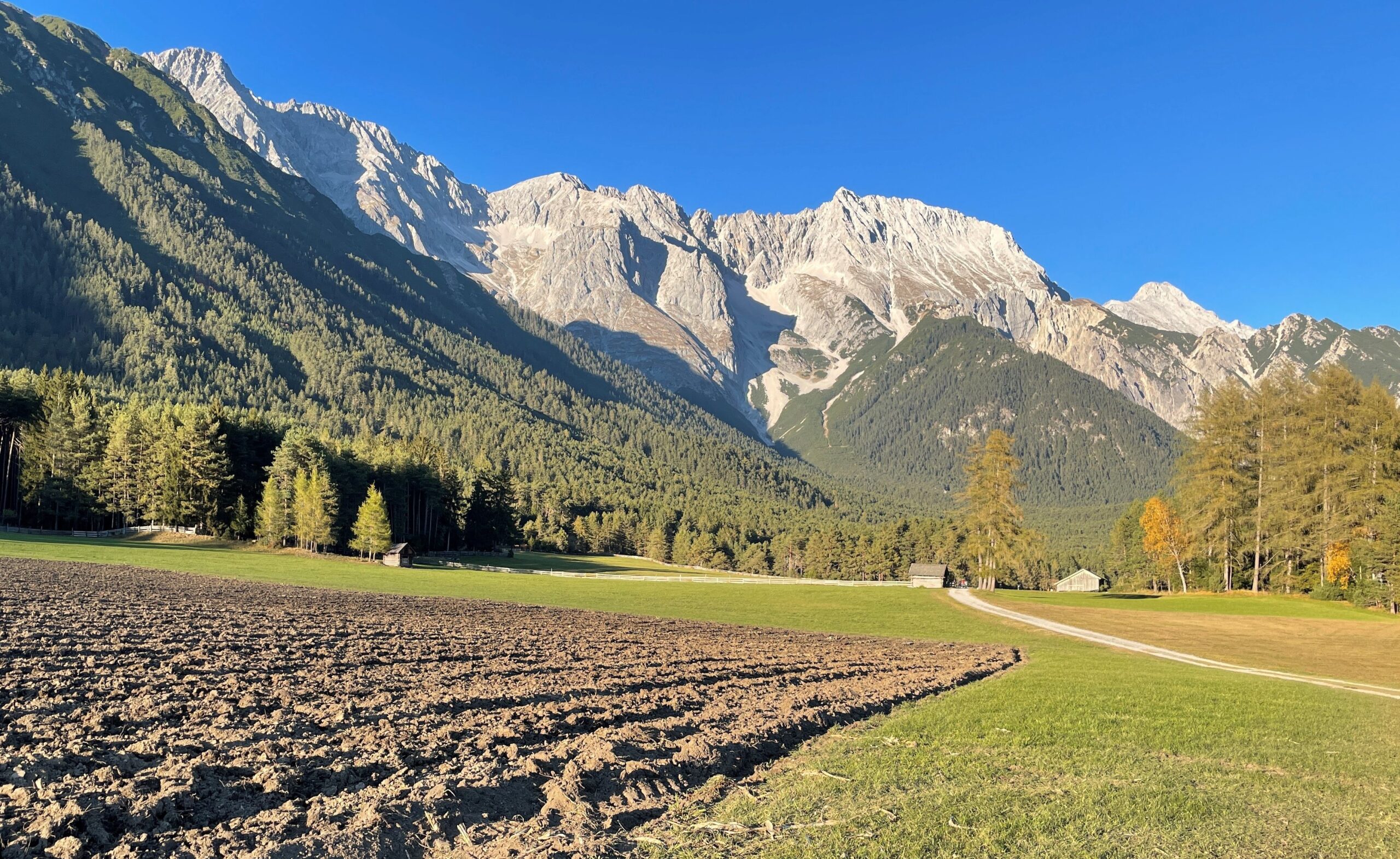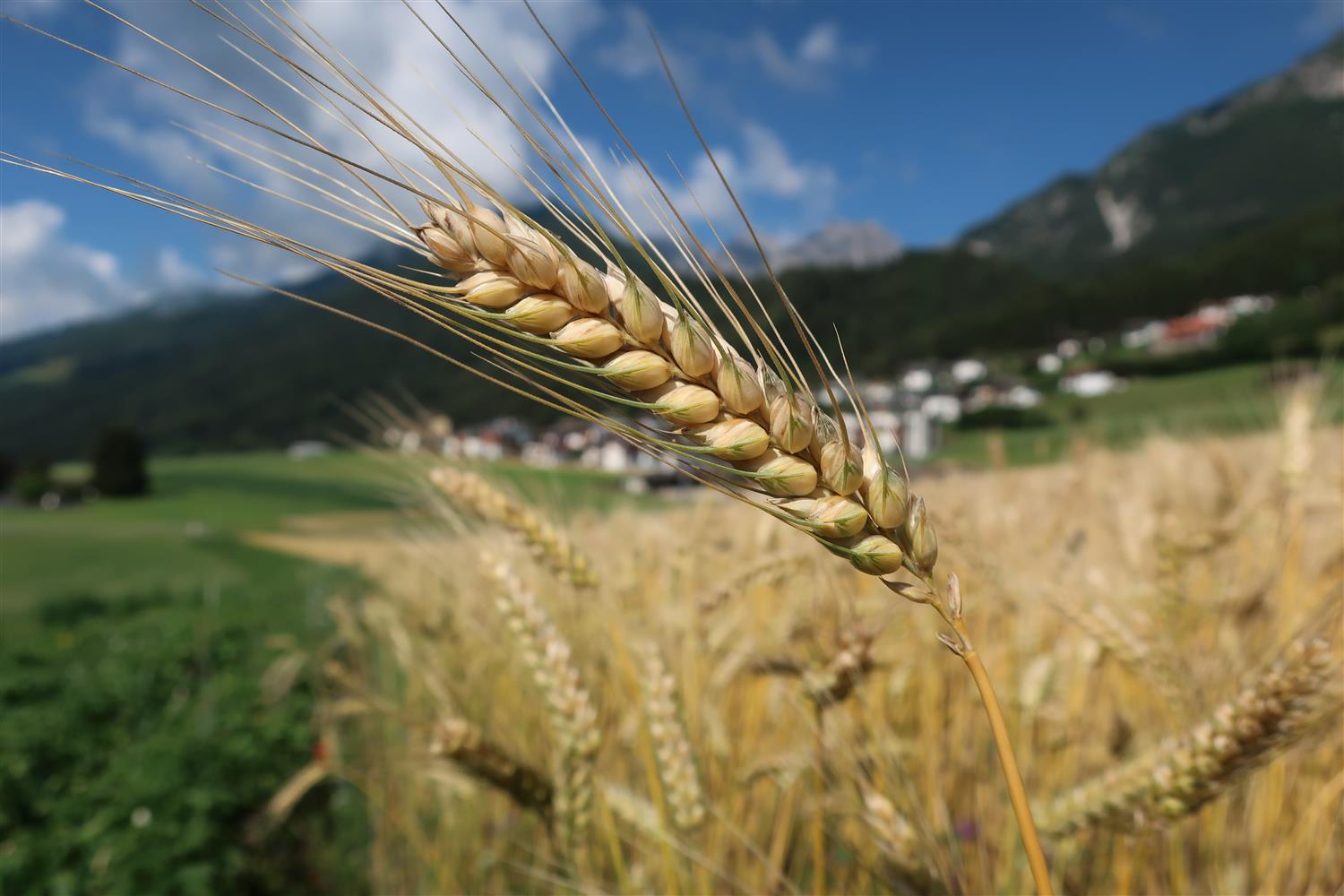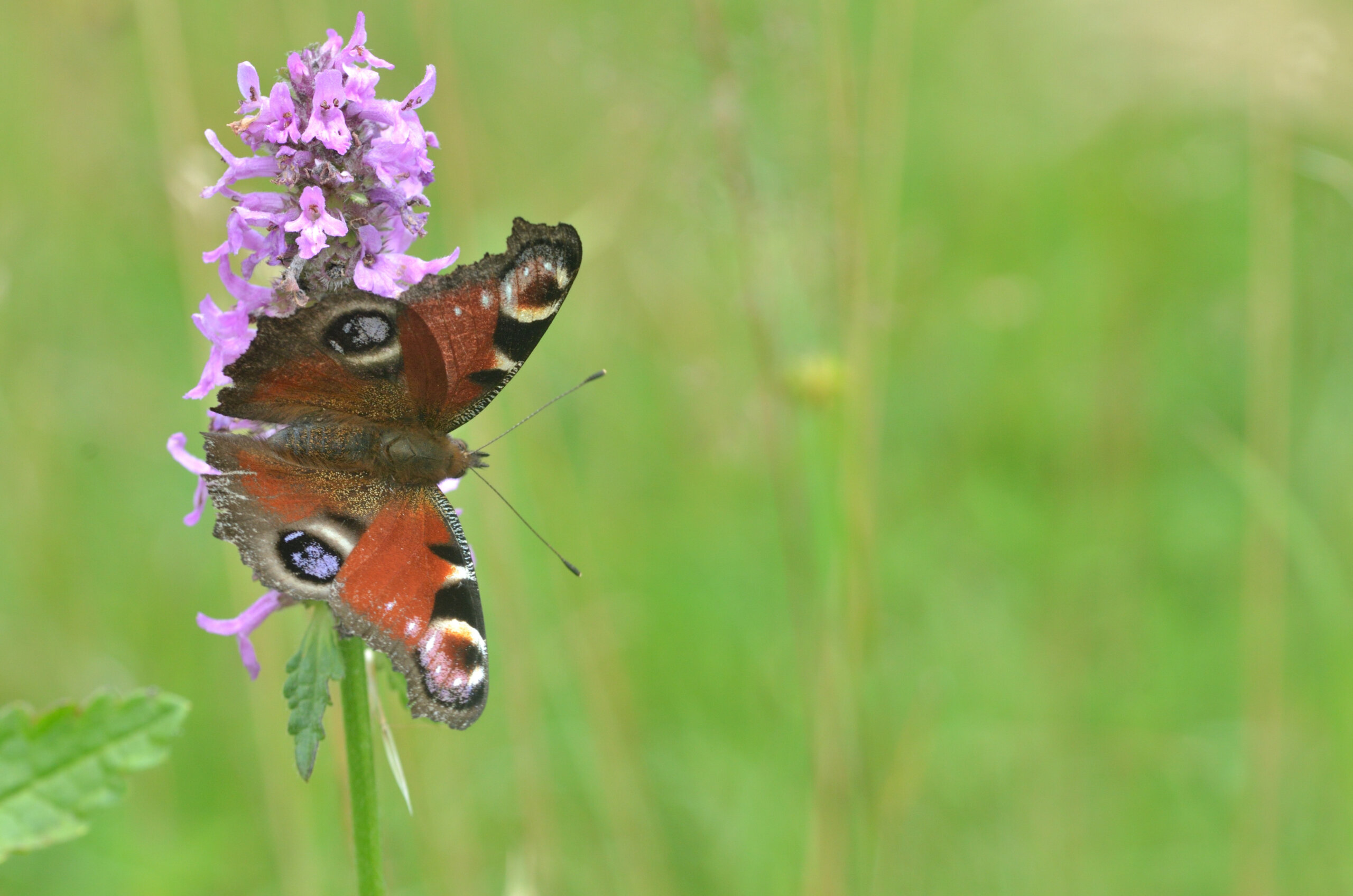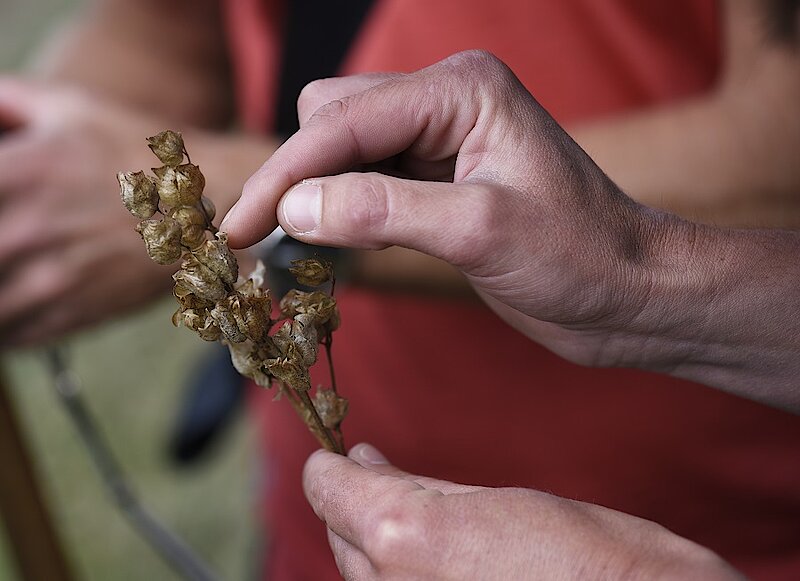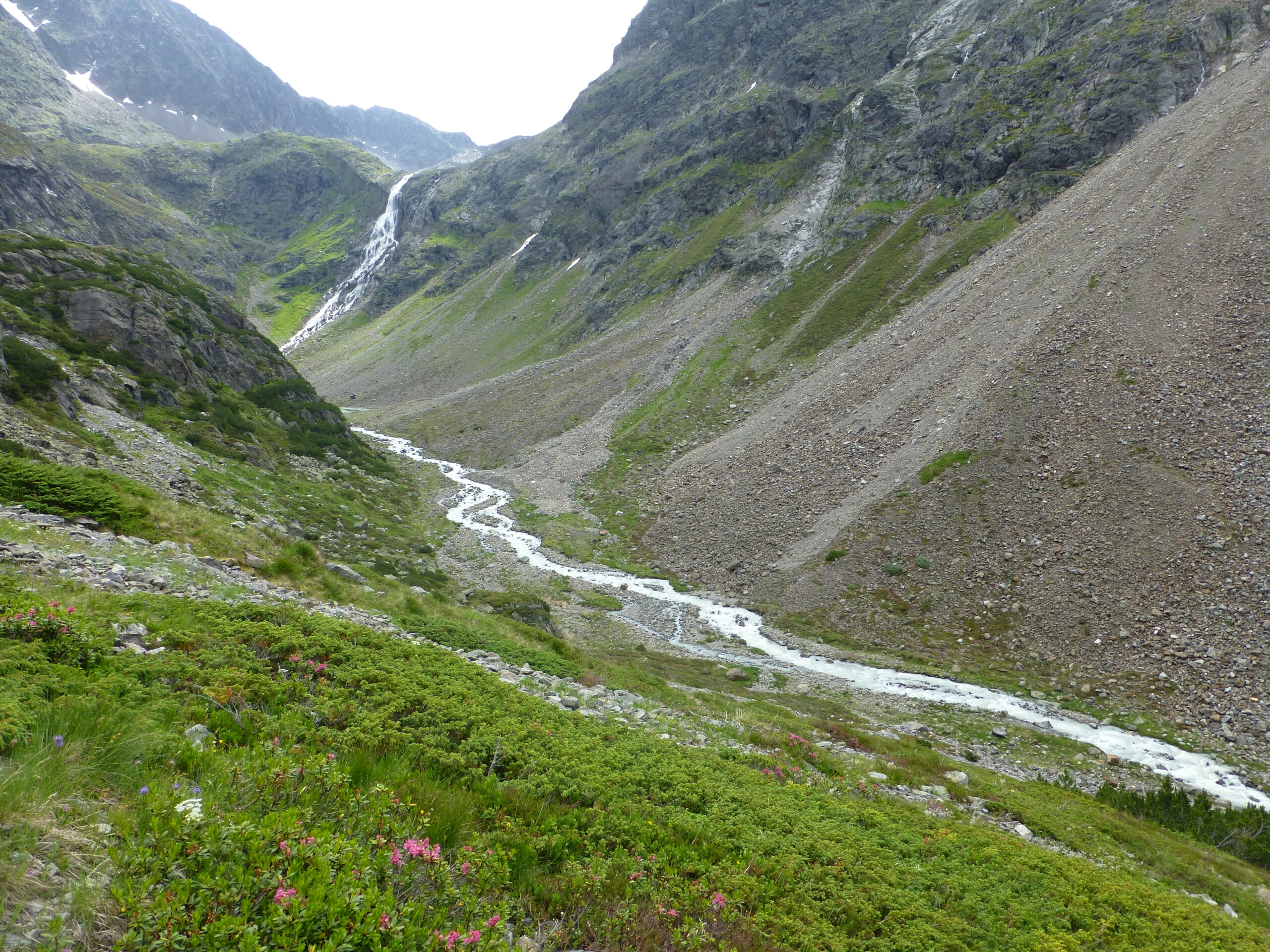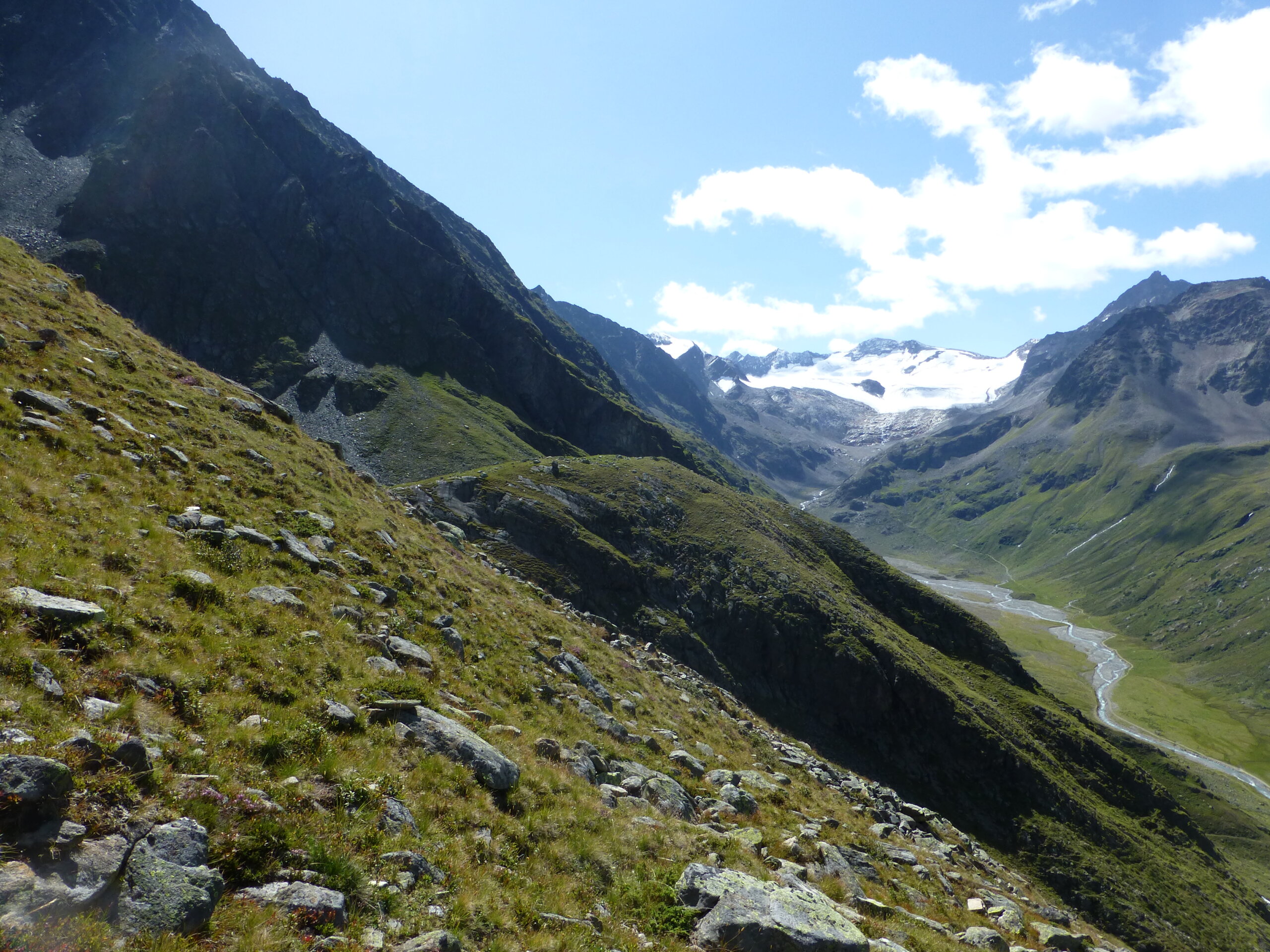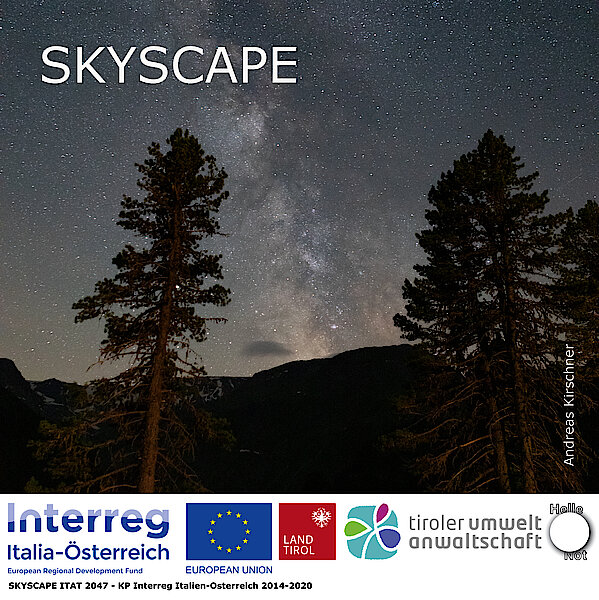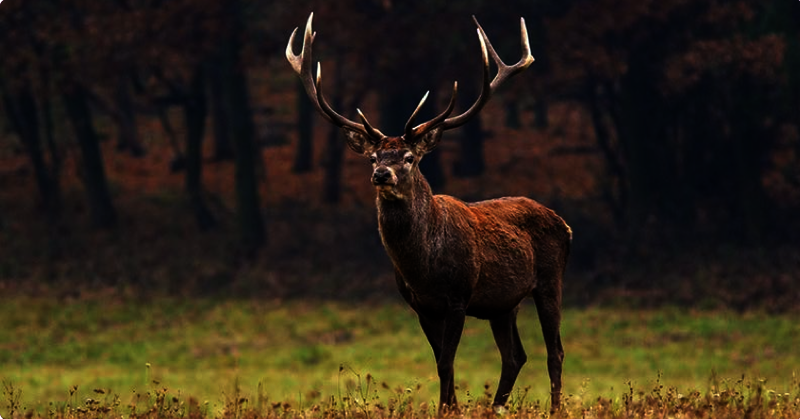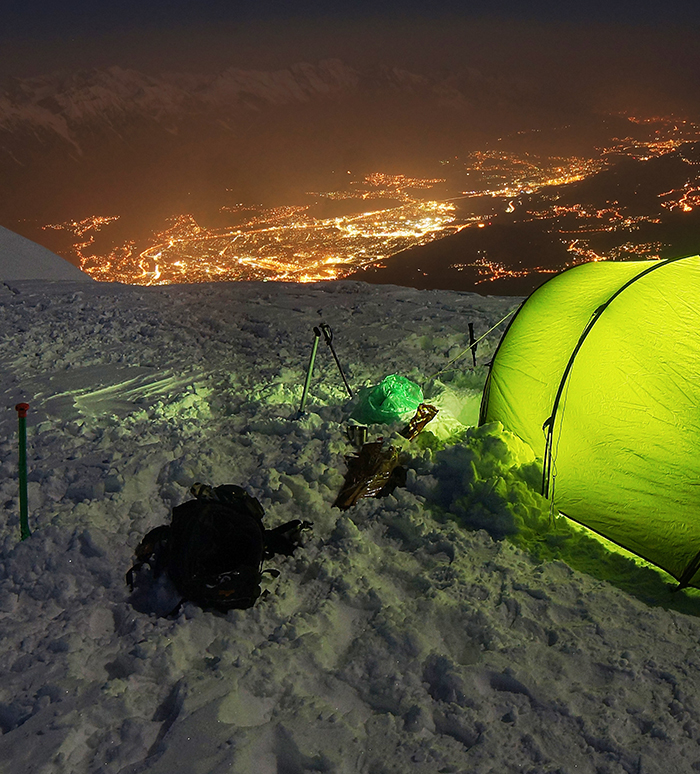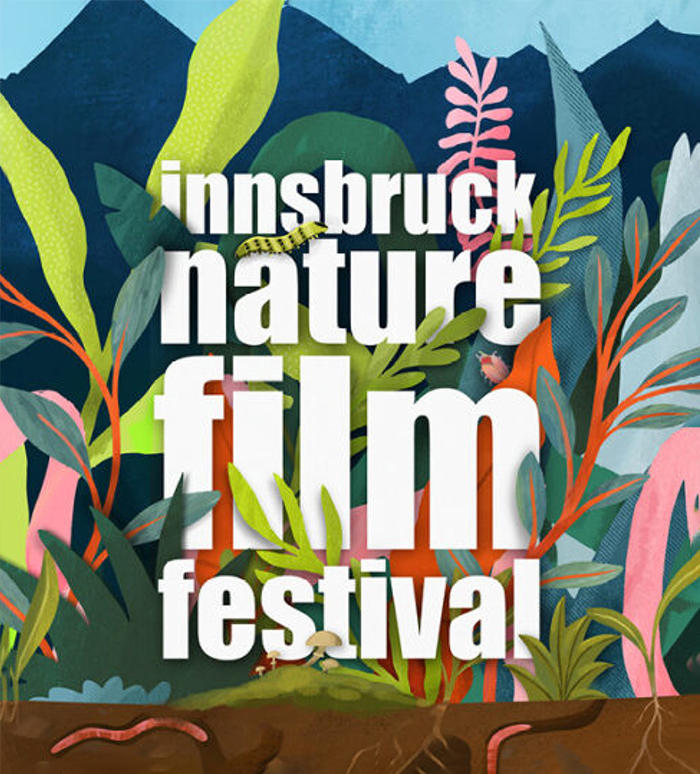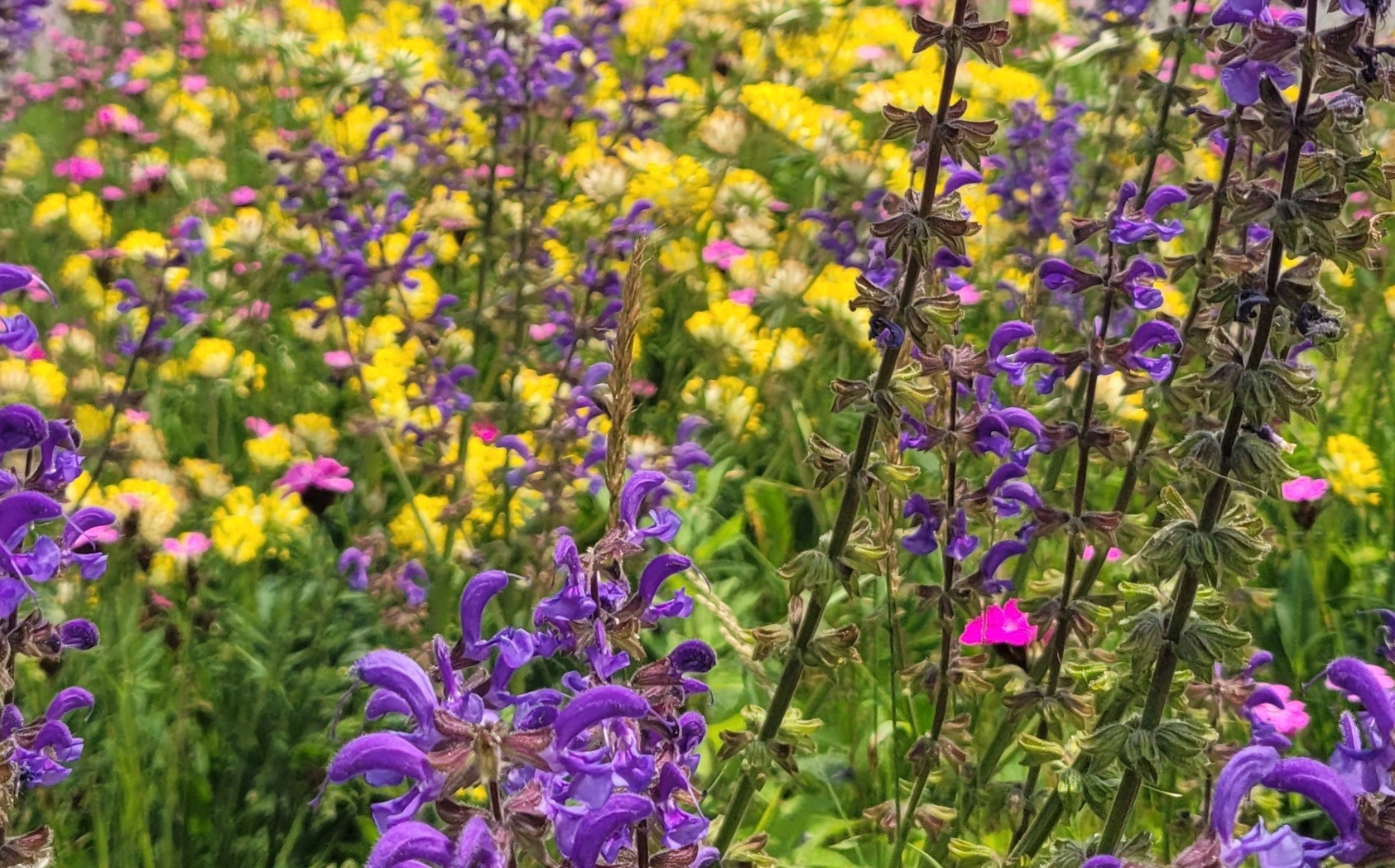
Diversity in the meadow
Mag. Stefanie Pontasch, PhD
Mobil: 0680 2078728
E-Mail: s.pontasch(at)tirol.gv.at
In 25 Tyrolean municipalities, more than 20.000 m2 of flower meadows and wildflower areas have been created in public spaces. Click on the icon for more information.
Can’t find your areas shown yet? The map is currently being updated.
Flower meadows
Traditional agricultural practices once enriched both the diversity of life and the beauty of the landscape. Herb-rich flower meadows emerged through careful mowing and grazing. Today, however, green spaces are increasingly becoming standardized as a result of management optimization. Intensive agricultural use — with multiple cuts and heavy fertilization — creates conditions in which only a few plant species can survive. As biodiversity declines, so too does the colorful, vibrant, and varied character of our landscapes.
To counter this trend, we need meadow biotopes that offer ecologically valuable structures within intensively used, uniform landscapes. These areas serve as habitats for rare and endangered plant and animal species, providing refuges, enabling migration between existing habitats, and making a vital contribution to safeguarding biodiversity. At the same time, colorful flower meadows enhance the visual appeal and attractiveness of the landscape.
Would you like to increase the biodiversity of your green space? We are happy to advise you on how to promote diversity in your meadows through extensification, insect-friendly mowing practices, and species enrichment.
Natural public green spaces
By using predominantly native seeds and plantings, public green spaces can be transformed into colorful seas of flowers. These areas become small natural oases — places to slow down and relax, while also providing valuable habitats for pollinating insects.
Nature-oriented design is, on average, more cost-effective and easier to maintain than conventional green space management. Wildflower meadows, rich in flowering plants, are dynamic and ever-changing throughout the seasons, yet highly sustainable. When properly established, they can thrive for many years — even decades.
Creating a successful and long-lasting wildflower area requires expertise in soil preparation, seed selection, and maintenance. That’s why we support municipalities throughout the implementation process. In cooperation with Dr. Reinhard Witt and DI Katrin Kaltofen (Die Naturgartenplaner), we provide both technical and practical know-how on the path to species-rich, flowering landscapes.
Would you like to promote biodiversity in public spaces while saving resources? We bring communities together to share knowledge and learn collectively about ecological principles, construction techniques, and long-term maintenance.
More information:
Naturnahes Öffentliches Grün – Projektbeschreibung (German)
Artenreichtum schaffen mit Dr. Reinhard Witt und das Projekt Blüten.Reich (German)
Near-natural company premises
Many areas on company premises or industrial estates offer great potential to enhance local biodiversity. With just a small amount of effort — and without limiting business activities — it is possible to create significant added value for nature. Employees, visitors, and business partners alike can enjoy the increased diversity and the pleasant atmosphere around the company.
Would you like to make your business grounds or properties more nature-friendly? Competent planners, designers, and producers can be found in the REWISA-Network an the Naturgarten eV Network.
More information:
Artikel im Raiffeisen kompakt, 2021 (German)
Autochthone Tyrolean seeds
Every year, several thousand hectares of non-agricultural land in Austria are used for revegetation. In most cases, commercial seed mixes containing bred or selected varieties — often of international or unknown origin — are used.
While such commercial seeds quickly achieve erosion control and visual integration, their impact on local species diversity is often minimal or even negative.
We are therefore looking for species-rich meadows (minimum size: 500 m²) that have not been artificially sown within the past 40 years. These areas will become part of a Tyrol-wide meadow network and, if suitable, may be harvested as “seed donor areas” by specialized revegetation experts.
Do you manage a species-rich meadow and wish to contribute to the promotion of local biodiversity and the preservation of traditional flower meadows and wildflowers? We will assess your area in terms of its plant species composition and connect you with revegetation specialists.
More information:
Infofolder Tiroler Saatgut (German)
Native Seeds and Regional Provenance
Many conventional seed mixtures contain non-native plant species or cultivated varieties. Such mixtures should be avoided, as exotic plants provide food for only a limited number of native animals, and their effects on local genetic diversity remain uncertain.
Wild plants — our native flowers and grasses — have adapted to specific sites and local conditions over countless generations. When selecting seeds, it is therefore essential to ensure that they come from wild plants typical of the region and that their origin is as close to the planting site as possible.
Quality labels such as VWW (Verband Deutscher Wildsamen- und Wildpflanzenproduzenten), G-Zert (Gumpensteiner Herkunftszertifikat), and REWISA (Regionale Wildpflanzen und Samen) guarantee the regional origin of seeds — from Germany (VWW) and Austria (REWISA and G-Zert).
At present, there are no commercially available “flower meadow mixtures” produced from Tyrolean seeds. This means that all seed mixtures currently sold in Tyrol originate from outside the region. Therefore, it is important to ensure that any seed mixture used is certified by REWISA or an equivalent organization.
Greening with authentic Tyrolean seeds is available as a service through the transfer of freshly mown seed material.
More information:
Saatgut und Pflanzen – Empfehlungen (German)
